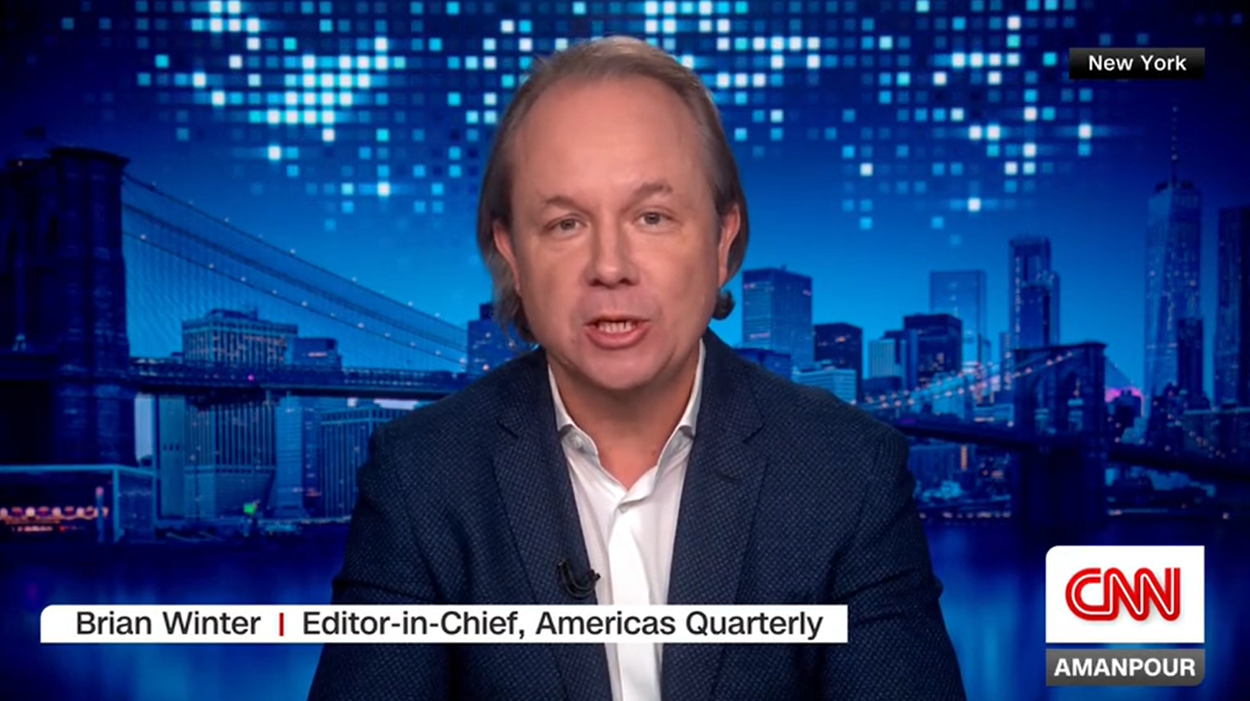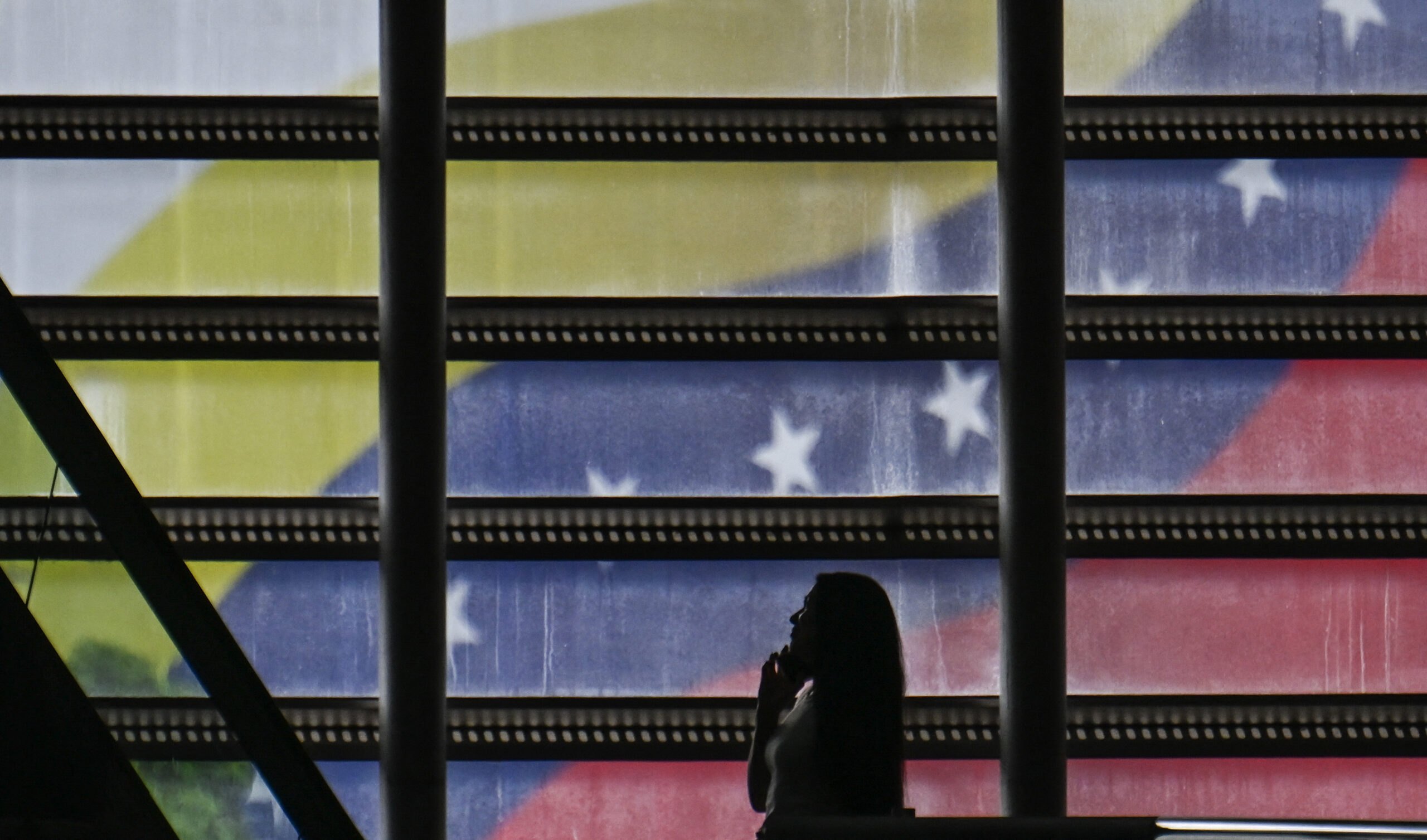Explainer: Twitter in Latin America
Explainer: Twitter in Latin America
Which countries are Twitter’s seven largest Latin American audiences, and how do their heads of state use the social network? AS/COA Online takes a look.
As one of the most popular social networking sites in Latin America, Twitter has become an important tool for both citizens and policymakers in the region. Latin Americans are among the most engaged Twitter users worldwide: over 24 million people in Latin America accessed Twitter from home or work in November 2012, making it the third-most visited social network after Facebook and Linkedin. The same report, issued by comScore, showed that Latin Americans spent 56 percent more time using social networks than the global average.
After Twitter launched a Spanish version in November 2009, Latin American Twitter usage soared. By 2013, Spanish became the second-most-used language on Twitter. Taking note of its Latin American user base, Twitter began ad sales in Argentina, Chile, and Mexico in October. In December, Twitter announced plans to open its first Latin American office in São Paulo, Brazil.
Heads of state are increasingly adopting Twitter, and Latin America’s presidents tend to be active on the social network. In the Digital Policy Council’s 2012 ranking of the most influential heads of state on Twitter, five of the top 10 presidents hail from Latin America. While Brazilian President Dilma Rousseff’s office relies on official government Twitter accounts for daily tweets, the personal Twitter accounts of other Latin American presidents—such as Argentina’s Christina Fernández de Kirchner and Colombia’s Juan Manuel Santos—are updated on a regular basis.
AS/COA Online looks at seven of Twitter’s largest markets in Latin America by number of users and explores how these countries’ presidents use the social network.
Browse by country:
Argentina: When it comes to Twitter, Argentines appear to be addicts: As of December 2012 the country ranks first in the world by average number of hours spent on social networks from home and work. Argentina also ranks in the top 20 countries globally by number of Twitter accounts, according to Semiocast. Around 15 percent of Argentina’s population uses Twitter. With an estimated 6.3 million active users, Argentina ranks seventh for most active Twitter users worldwide and counts around 8 million total Twitter accounts.
President Cristina Kirchner (@CFKArgentina) has over 1.5 million followers on Twitter. She joined in 2010 and actively uses the social network on nearly a daily basis. A January 2013 report by the Digital Policy Council ranked Kirchner as the seventh most influential head of state on the social media plaform.
Brazil: With over 41 million users, Brazil ranks second in the world in terms of the number of Twitter accounts and fifth globally in terms of usage. A March 2012 Oxford study found that Brazil is the second-largest producer of tweets in the world. Twitter has become an important space for Brazilians to discuss political races, such as the 2012 municipal elections, as well as a growing anti-corruption movement and the Supreme Court’s landmark corruption trial last year.
President Dilma Rousseff (@dilmabr) has an official Twitter account with nearly 1.8 million followers, but she hasn’t sent a tweet since December 2010. Despite this, Rousseff was ranked sixth most influential head of state on Twitter in 2012 by the Digital Policy Council. While Rousseff herself hasn’t tweeted recently, the Blog do Planalto Twitter account, with over 161,000 followers, provides news about the president. A parody account of the president—which provides a fake chronicle of her take on current events in Brazil—has almost 85,000 followers.
Chile: This Andean country is the fifth-largest user of social networks in the world, where users spend an average of nearly 10 hours per month on sites like Twitter and Facebook. Although it has since been surpassed by Argentina, at the end of 2011 Chile had the highest Twitter penetration in Latin America, at nearly 13 percent. That meant that Chile ranked fourth globally in Twitter users per capita. An October 2012 report estimated that there are 1.4 million Twitter users in Chile.
In March 2010, President Sebastián Piñera (@sebastianpinera) became the first Chilean president to enter office with an all-Twitter cabinet: every single minister has an account on the social network. Piñera now has over 950,000 followers on Twitter and uses the social network intermittently to share both government and personal news. In August 2011, Piñera invited 15 influential Chilean Twitter users to the presidential palace for a two-hour luncheon to discuss current affairs. Piñera also met with Twitter co-founder Jack Dorsey at the Palacio de la Moneda in July 2010.
Colombia: Colombia ranks twelfth in the world by number of Twitter accounts, with roughly 6 million accounts. Around 40 percent of Colombia’s active Twitter users access the social network via cell phone. An August 2012 Meridean Group study found that 49 percent of Colombian Twitter users are men, 46 percent are women, and 5 percent are companies. It also indicated that Colombians send over 920,000 tweets per week.
President Juan Manuel Santos (@JuanManSantos) has 1.5 million followers on Twitter. He came in eighth in the Digital Policy Council’s 2012 most influential heads of state on Twitter ranking, adding over a million followers last year. The president also used Twitter to engage his predecessor former President Álvaro Uribe, (@AlvaroUribeVel) who counts almost 1.75 million followers. (Uribe has famously taken to the social network to at times express criticism against the current administration.) Santos also uses Twitter to share news on topics ranging from Colombia’s economic development to the country’s peace talks. In September, Santos participated in a “Twitcam” with newspaper Publimetro, accepting questions from Twitter users in real time.
Mexico: Mexico ranks seventh in the world by number of Twitter accounts. The country has an estimated 11.7 million active users according to GlobalWebIndex, making Mexicans some of the most active Twitter users globally. In Mexico, Twitter has become an important space for citizen participation in democracy, ranging from debating public policies like labor reform to spreading social movements, such the #YoSoy132 movement that emerged during the 2012 presidential election. The social network has also proved vital to citizen journalists using it for safely and anonymously publishing information about organized crime.
President Enrique Peña Nieto (@EPN) has almost 1.5 million followers and came in at spot number nine on the Digital Policy Council’s 2012 most influential heads of state on Twitter. The president uses the social network on an almost daily basis, working with Twitter handles to interact with other policymakers and tweeting photos and videos. On the president’s website, users can directly access the Twitter accounts of Peña Nieto’s cabinet and 20 of the 25 members have Twitter profiles.
Peru: A November 2012 Futuro Labs study found that Peru has 1.3 million Twitter users. Around 45 percent of Twitter users are men, while 35 percent are women. The remaining 20 percent are businesses and organizations. According to Ipsos-Apoyo, 75 percent of urban internet users in Peru use social media, and 20 percent of these users have a Twitter account.
Peru’s President Ollanta Humala (@ollanta_humalat) has over 466,000 followers and tweets intermittently; his most recent tweet dates December 17. Prensa Palacio, with nearly 156,000 followers, sends daily tweets about the president and federal government news. Humala is the first Peruvian president to employ social media as a means to connect to constituents. However, as of July, he was the least connected president on Twitter in Latin America other than Brazil’s Rousseff, according to a Burston-Marsteller “Twitplomacy” study.
Venezuela: Venezuela ranks thirteenth in the world by number of Twitter accounts. There are approximately 3 million active Twitter users in the country and Venezuelans tend to be very engaged users. Forty-nine percent of those who access Twitter from computers visit the site multiple times a day, and 63 percent of those who use Twitter via cell phone access the site more than once daily. Around 12 percent of Venezuelan internet users are on Twitter, according to Tendencias Digitales. Almost half of Venezuelans on Twitter cite getting news as the reason for using the network.
President Hugo Chávez (@chavezcandanga) joined Twitter in April 2010, and Venezuela’s Twitter user base from home and work computers grew by nearly 5 percent over the next two months. Chávez now has 3.9 million followers. The Digital Policy Council ranked Chávez as the second most influential head of state on Twitter in 2012, citing the president’s large following and the use of the social network to help his reelection campaign in October. Twitter has in fact become an important political tool for Chávez, especially during periods of absence from the public view during his illness. Henrique Capriles, who ran for the opposition in the last presidential election, said in April that Chávez “governed on Twitter.” The social network also became a battleground for the candidates during the October presidential election; Chávez managed more followers than his opponent. The president underwent surgery for an unspecified type of cancer in December, and has not tweeted since November 1.








